Sandwiched between Moscow and St. Petersburg: How to spend a perfect weekend in Tver
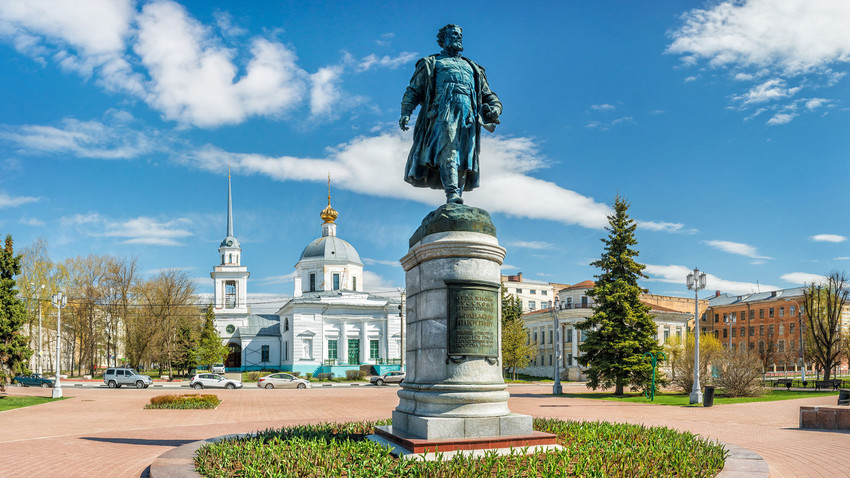
A local hero: Afanasy Nikitin - a traveler born and raised in Tver who sailed across the 'three oceans' to India
Legion MediaTver residents say their city suffers from the bad luck of being located between Moscow and St. Petersburg because many of its best educated and talented people gravitate to the opportunities in those much bigger cities. "All they leave in Tver is sh***," said one local taxi driver.
This is quite a pessimistic view, and so let's be very clear right away: They don’t love Muscovites here. Actually, Tver’s populace always thought their city should have been Russia’s capital. As a result of centuries of conflict with Moscow’s princes, however, Tver was several times occupied, looted and burned to the ground.
Unfortunately, except for the old
Day 1: A walk through Russian history
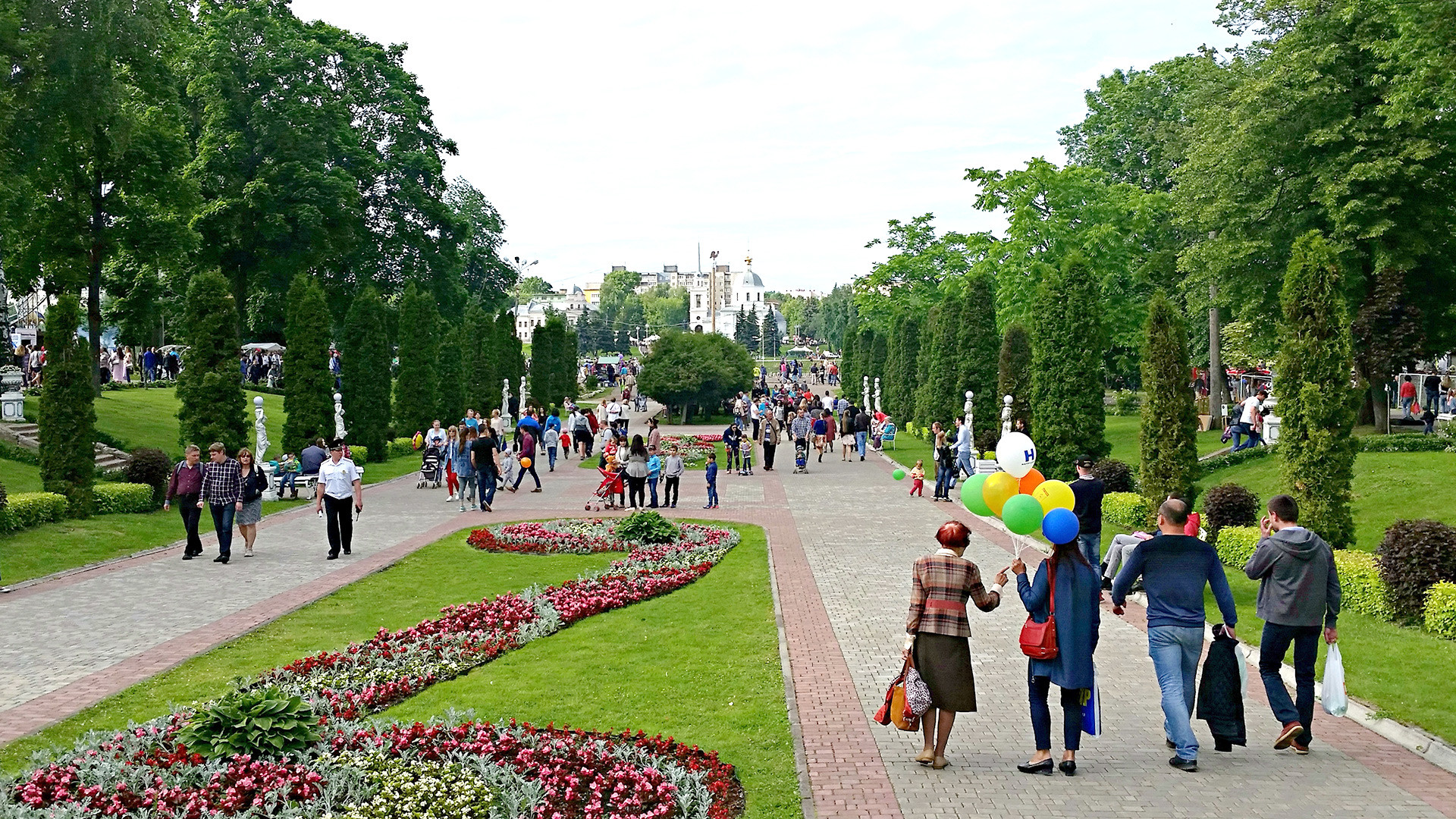
At Stepan Razin Street you will see a long block of beautiful old merchant houses. Often film crews, who want to depict old Moscow, in
On the spot where today the Tver river port awaits demolition, there once stood the oldest monastery in the region. Chronicles say it was built in 1206, but Stalin demolished it, and only the small Dormition church survived. Then, in 1938, a river port was built in Stalin’s favorite monumental neo-classicism, widely known as ‘Stalinist empire style.'
The architects, however, hadn't properly studied the unsteady ground underneath, and this mistake became obvious in summer 2017 when parts of the building collapsed.
European bridges and 'Asian' cinema
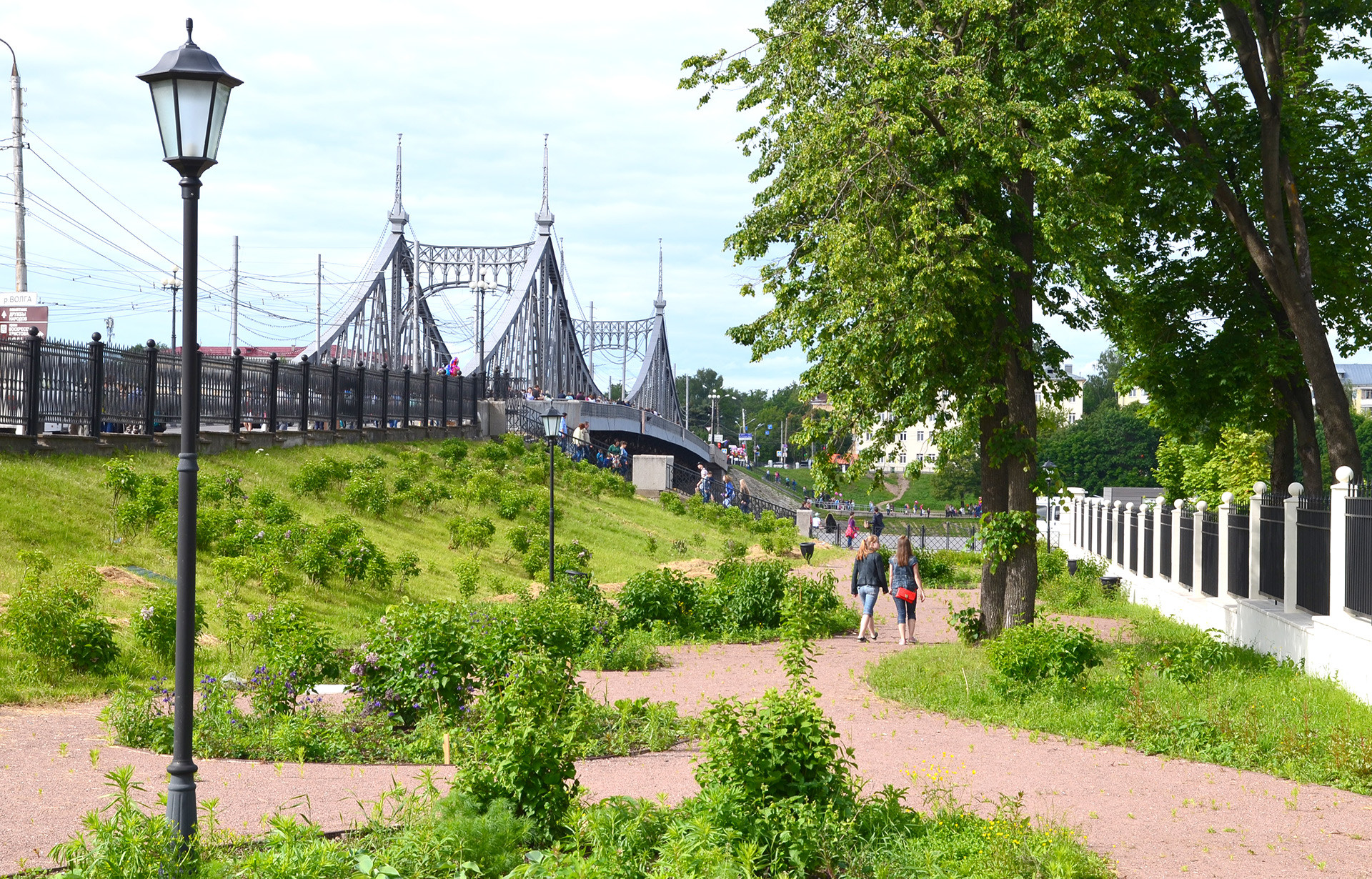
Tver's 'Old Bridge' is a copy of the famous metal bridge in the Hungarian capital, Budapest.
Peggy LohseAnother bridge across the Volga has quite a European history: It’s a copy of the famous metal bridge in the Hungarian capital, Budapest. From the views at the beginning of the big steel structure, you can’t be sure whether you’re on the Danube or on the Volga.
Between the two bridges stands Tver's cultural center: The eye-catching Zvezda cinema ("Star“) was built in 1937 in the prevailing constructivist style. According to local legend, however, the architects mixed up two
Tver travelers: Pushkin, Nikitin and Catherine the Great
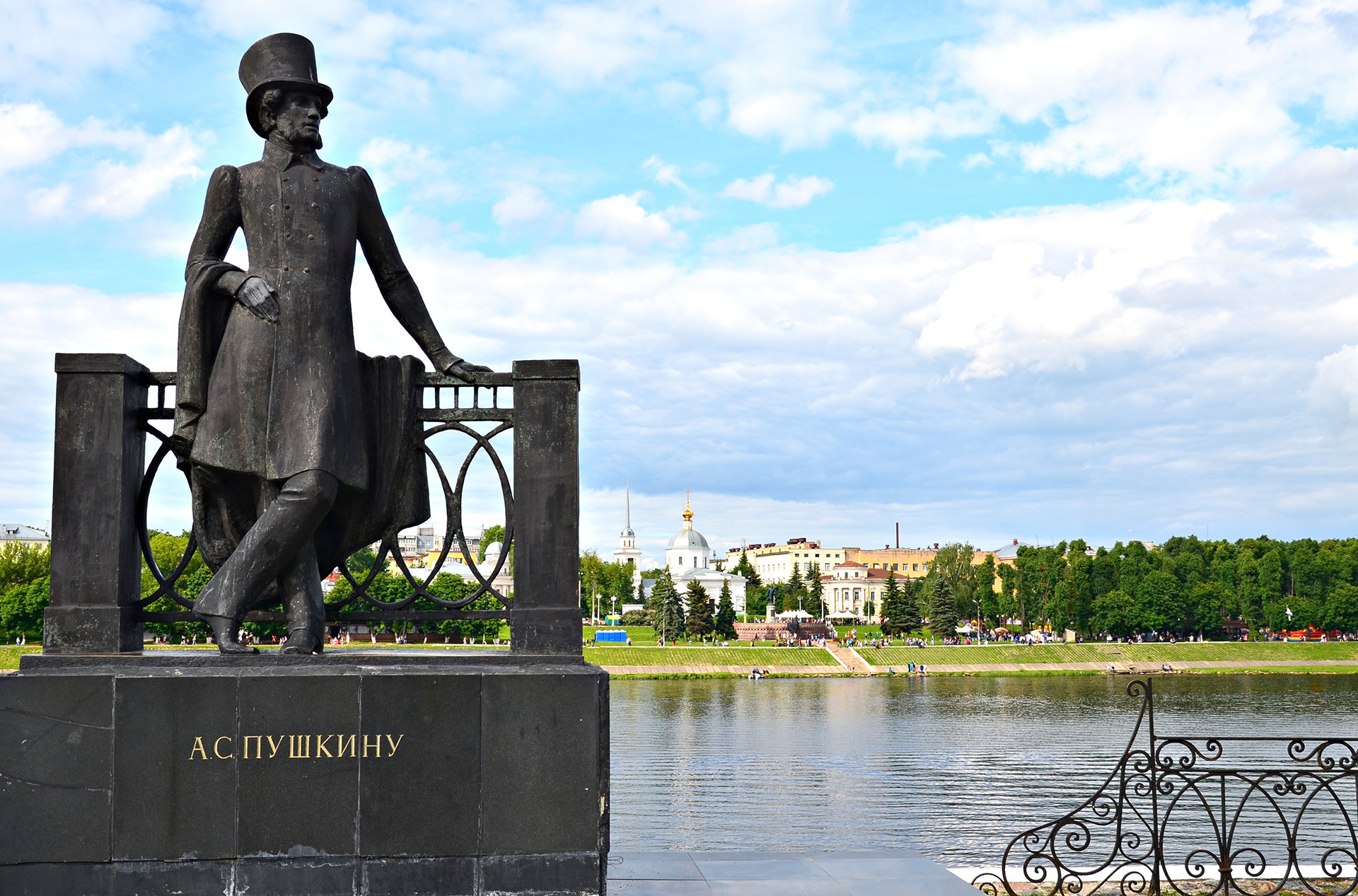
Alexander Pushkin greets you from the river Volga.
Peggy LohseOne of Tver's most beautiful sights is the recently renovated palace of Catherine the Great. This palatial complex and park, which suffered through revolution and war, has been rebuilt using historic photographs and original documents. In the 18th century, the palace was originally built as a travel lodge for Catherine the Great, who often journeyed between the two capitals.
The local art museum is also worth a visit: From old Russian religious artifacts to the classics: Shishkin, Aivazovsky
Pedestrian zones for the hungry and thirsty
To complete your first day in Tver, two pedestrian zones - Tryokhsvyatskaya and Radyshtsheva - await you with cafés, restaurants
You can also watch a Video about Tver and its sights here!
Day 2: Explore the hidden beauty of the Russian countryside
On the second
Staritsa - a picturesque spiritual town
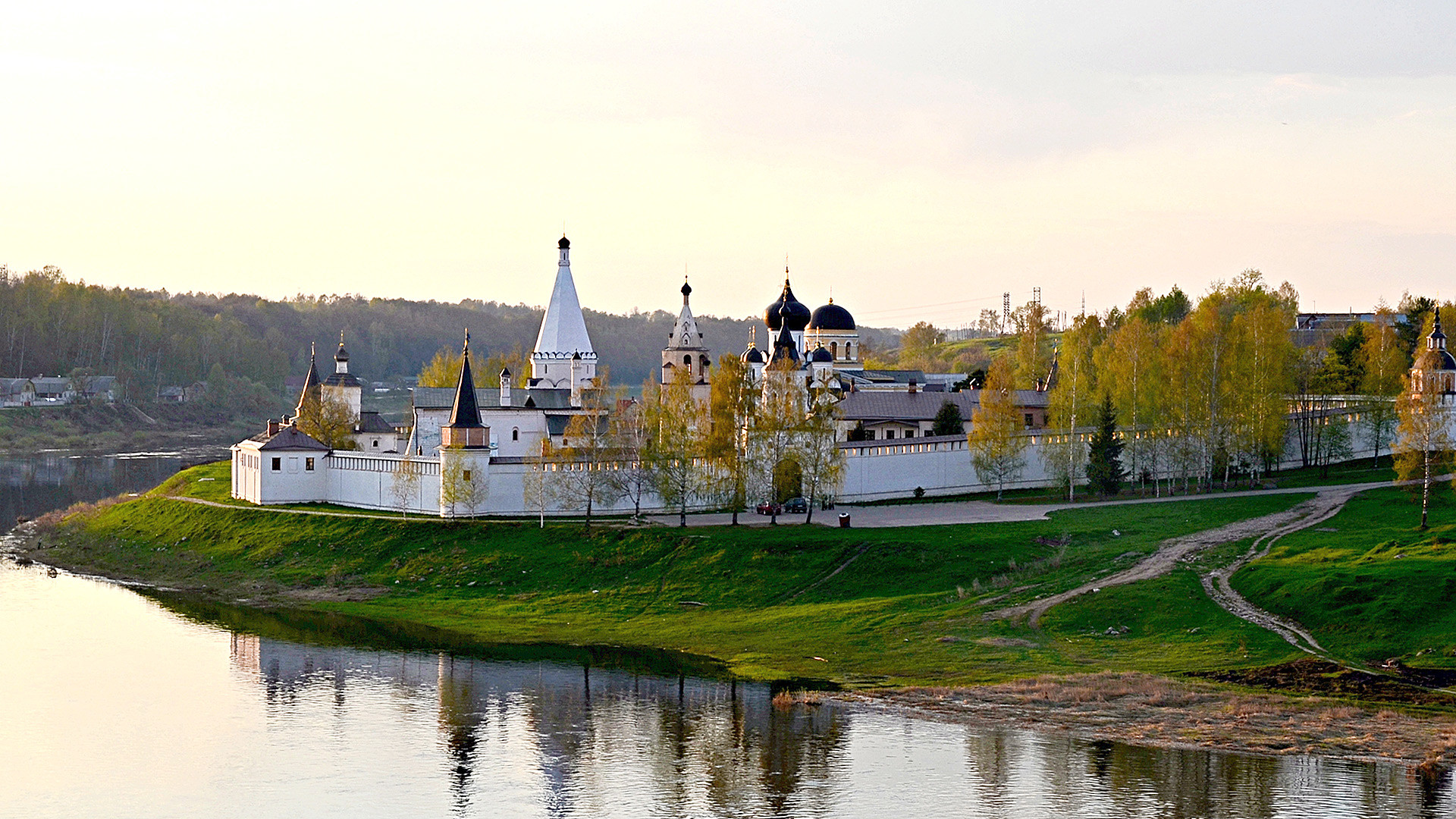
Staritsa's Dormition Monastery was founded in the 16th century.
Peggy LohseIn the middle of the central bridge in Staritsa (about 65 km northwest of Tver) you will be excited: The Volga rushes under your feet and you are standing in a circle on the hills of three monasteries with a dozen old Russian churches. Where to feel
Staritsa was founded in the 13th century as a river fortress, but the old
In case you have a bit more time, you can also visit the country house of the Osip-Wulf family in Bernovo, where Pushkin used to stay with friends and fans. Besides the tiny local museum (link in Russian) and the nearby park, you can enjoy a walk through an authentic Russian village, and feel yourself a bit like a poet!
Torzhok - a golden history
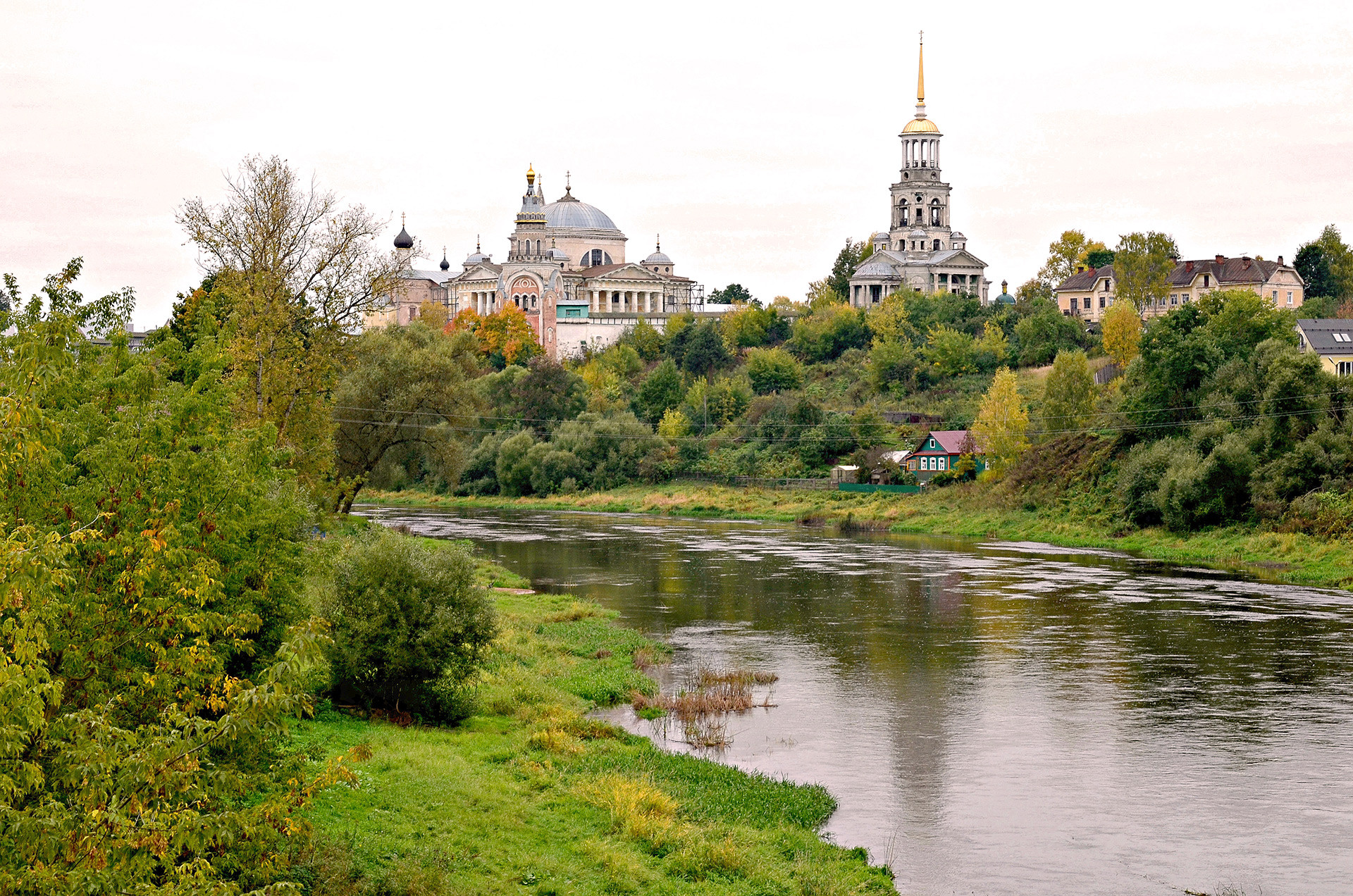
The Monastery of Sts. Boris and Gleb stands high above the river Tvertsa and Torzhok's small but pretty city center.
Peggy LohseThe post road between Moscow and Petersburg also brought a steady stream of prominent visitors through Torzhok. In the 18th century, these included Catherine the Great and her court; while in the 19th century came writers Pushkin, Gogol, Turgenev
Many of the town's prosperous residents rebuilt their houses in neoclassical design, which you can see on the newly renovated embankment. In Torzhok there are two main sights to visit: the Monastery of Sts. Boris and Gleb, and the Museum of the Torzhok Goldwork Embroidery Factory.
Kimry - unique wooden Art Nouveau
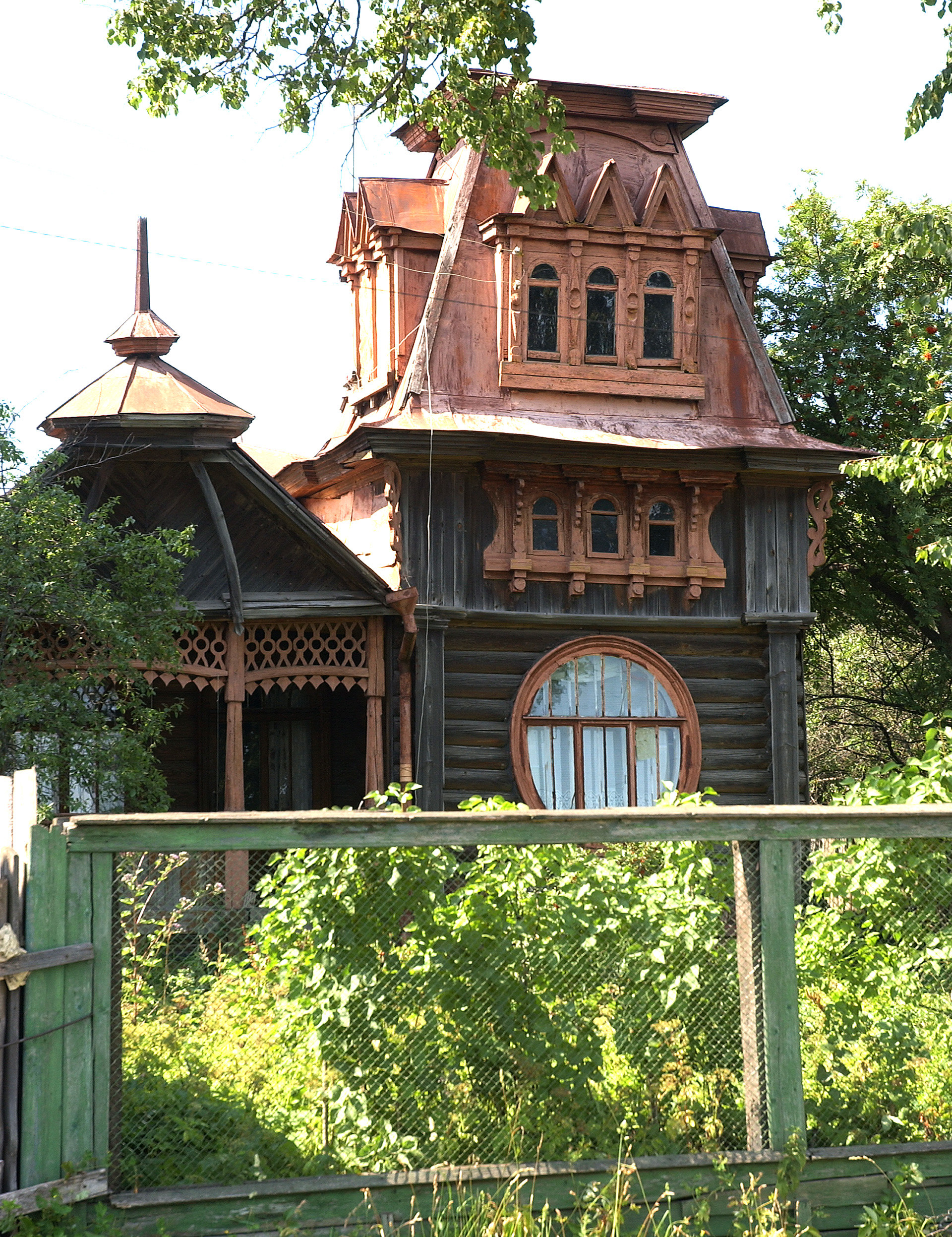
The most popular sights in Kimry are the beautiful and unique Art Nouveau wooden mansions.
Anton Kavashkin/Global Look PressWhile a trip to both Staritsa and Torzhok can be done in one day, (if you get up early enough), the small town of Kimry (100 km east of Tver) is located in the opposite direction. While it requires a separate day, if you're a big fan of architecture and history, you definitely should go there.
Although Kimry was first mentioned in a charter issued by Ivan the Terrible in 1546, only in 1917 was the settlement officially elevated to the rank of
The most popular sights in Kimry are the beautiful and unique Art Nouveau wooden mansions – Russia's only log houses in such style.
How to get there?
From Moscow take the comfortable Lastochka suburban trains (almost every hour, tickets can be purchased without a passport) that run from the Leningrad Rail Station.
There are also a few
Of course, there are also buses and mini-buses, but they often get stuck in the long traffic jams near Moscow.
From St. Petersburg take any
In and around Tver you can: a) take cheap taxis, or b) public transportation (mini-bus, tram, trolleybus, or regular bus). The mini-buses to the towns near Tver leave opposite the train station.
After such a perfect weekend in the Tver
If using any of Russia Beyond's content, partly or in full, always provide an active hyperlink to the original material.
Subscribe
to our newsletter!
Get the week's best stories straight to your inbox